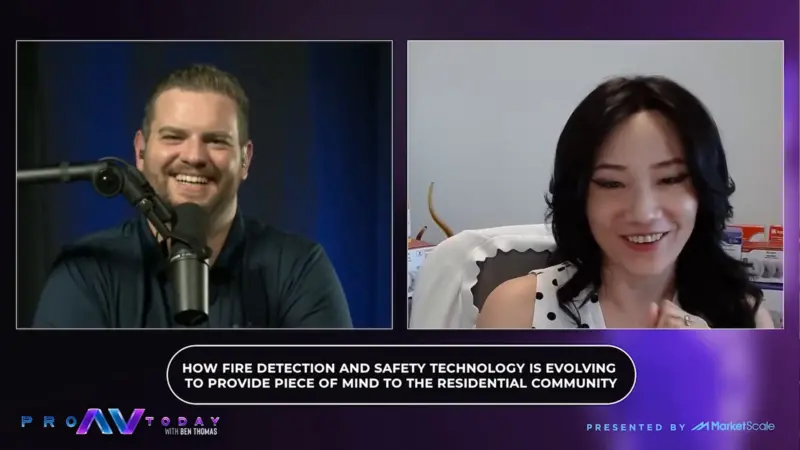Using Data to Stay Relevant and Competitive in Manufacturing
In the final installment of Intel’s Fireside Chat, Jonathan Luse, General Manager for Industrial Solution Management at Intel, discusses how the pandemic expedited almost every industry to become more tech-savvy and data-centric.
To grasp the reality of the situation, Luse opens with some statistics on company confidence of success. Intel first interviewed about 500 top manufacturing companies around the world two years ago, and 40% indicated they weren’t ready for the big technological jump, fearing profit loss or business closure. However, in a more recent survey, that number has decreased to 18%, with the majority feeling confident in their adaptability.
One important factor that distinguishes those who survived the pandemic and those who didn’t is the utilization of data. Although, Luse mentions that “usually less than 1% of it [data] is actually acted upon.” He advises listeners to narrow down the data by:
- Focusing on what company issues are greatest and need to be solved.
- Understanding that issue from a solution’s objective point of view.
- Utilizing analytics and inference to assess available data.
“Knowing what you want to go do — whether it’s quality control or production efficiency or predictive maintenance… it starts with a solution mindset,” Luse explains.
At Intel, where products like chips, vision processors, or accelerators commonly come to mind for many customers, the focus is always on a comprehensive solution, which involves finding the right tools and applications that help increase a customer’s confidence in automating a process. These factors will help companies adapt, train, and solve issues while maintaining flexibility when new needs arise. Ultimately, the aim is to take complex tools and make them easy to use.
The best way to achieve this goal is by the provider and customer learning together. Luse gives an example of a automotive manufacturer looking to automate its in-line quality control process. Intel created a customized solution that took its spot-welding capabilities from 5,000 to five million per day. The result showed a significant reduction in rework because of defect detection.
“When you put defect detection in an application environment with a very specific challenge, companies like Intel can come and help solve those very technical problems and really have a great output for it,” Luse says.
To learn more about the future role of AI, connect with Ram Ramasamy and Jonathan Luse on LinkedIn.
Subscribe to this channel on Apple Podcasts, Spotify, and Google Podcasts to hear more from the Intel Network and Edge Solutions Group.



